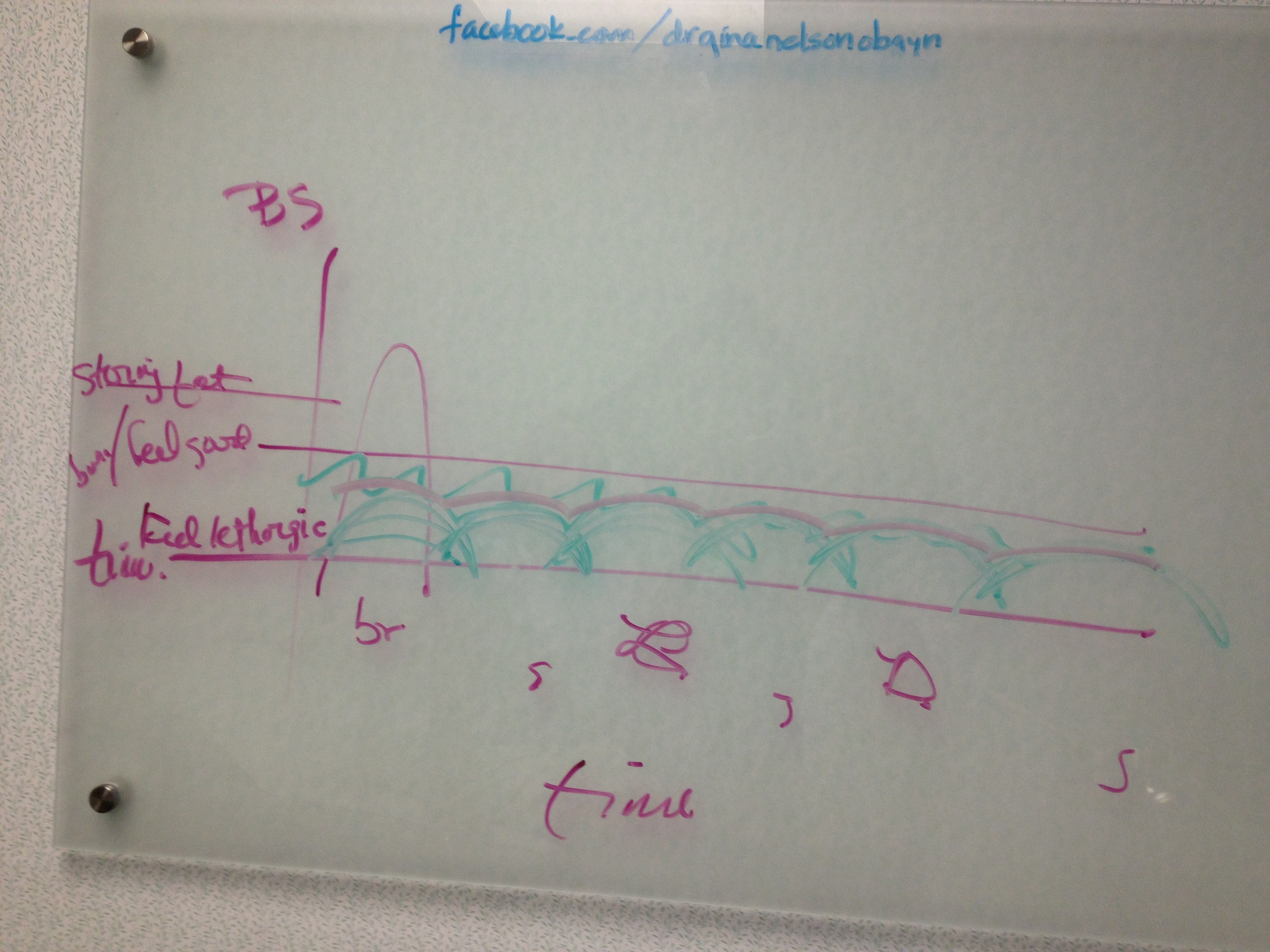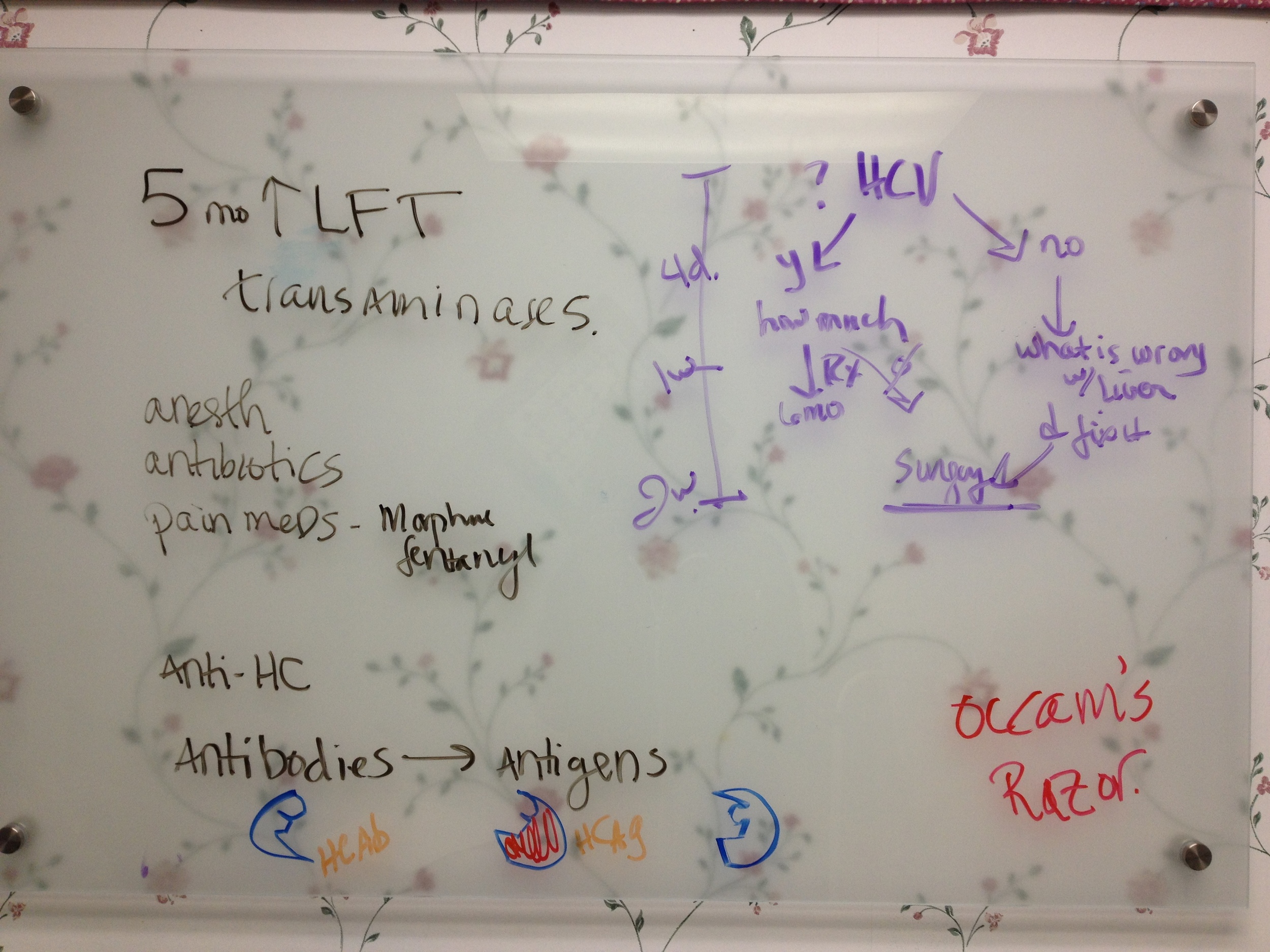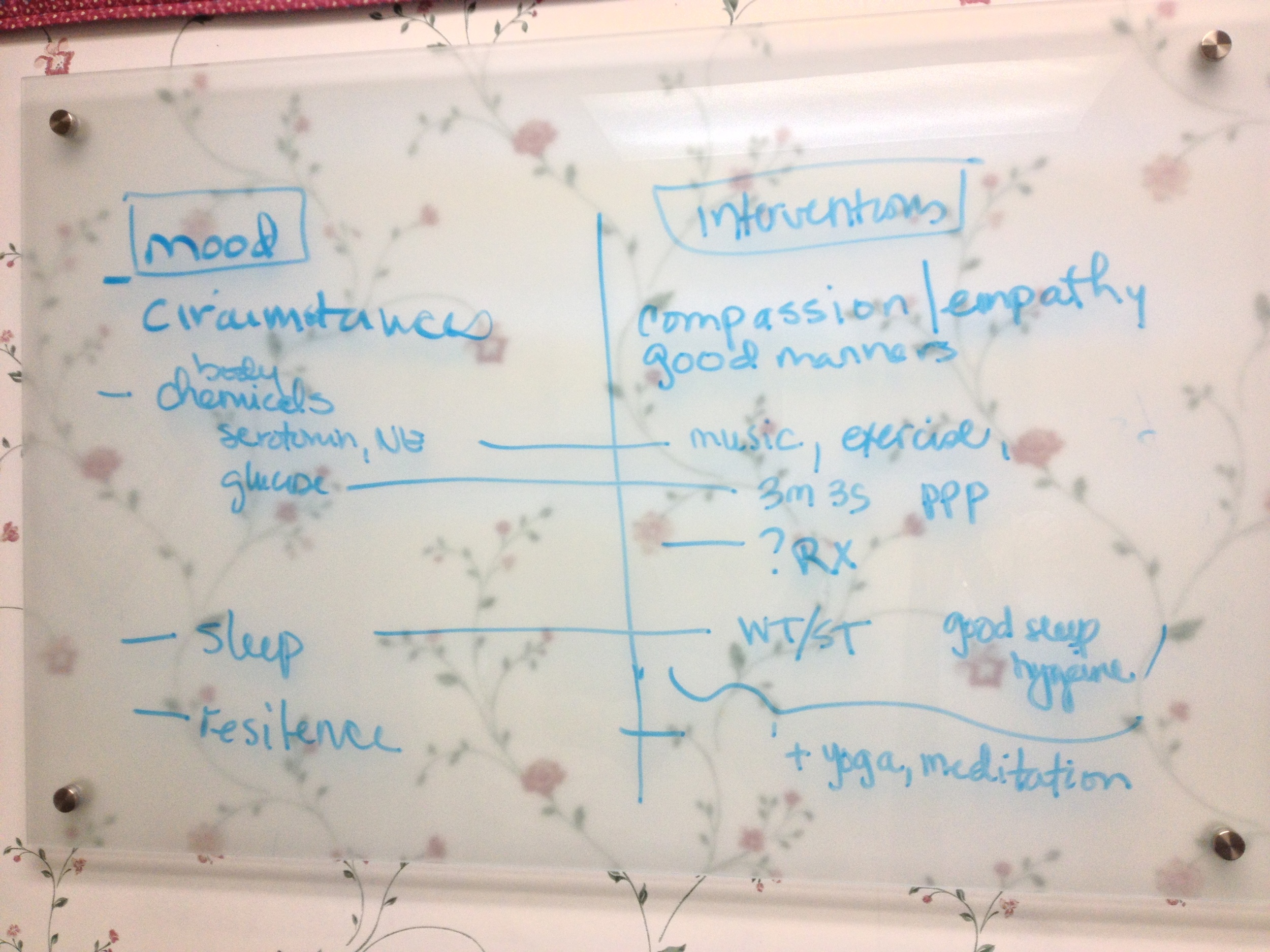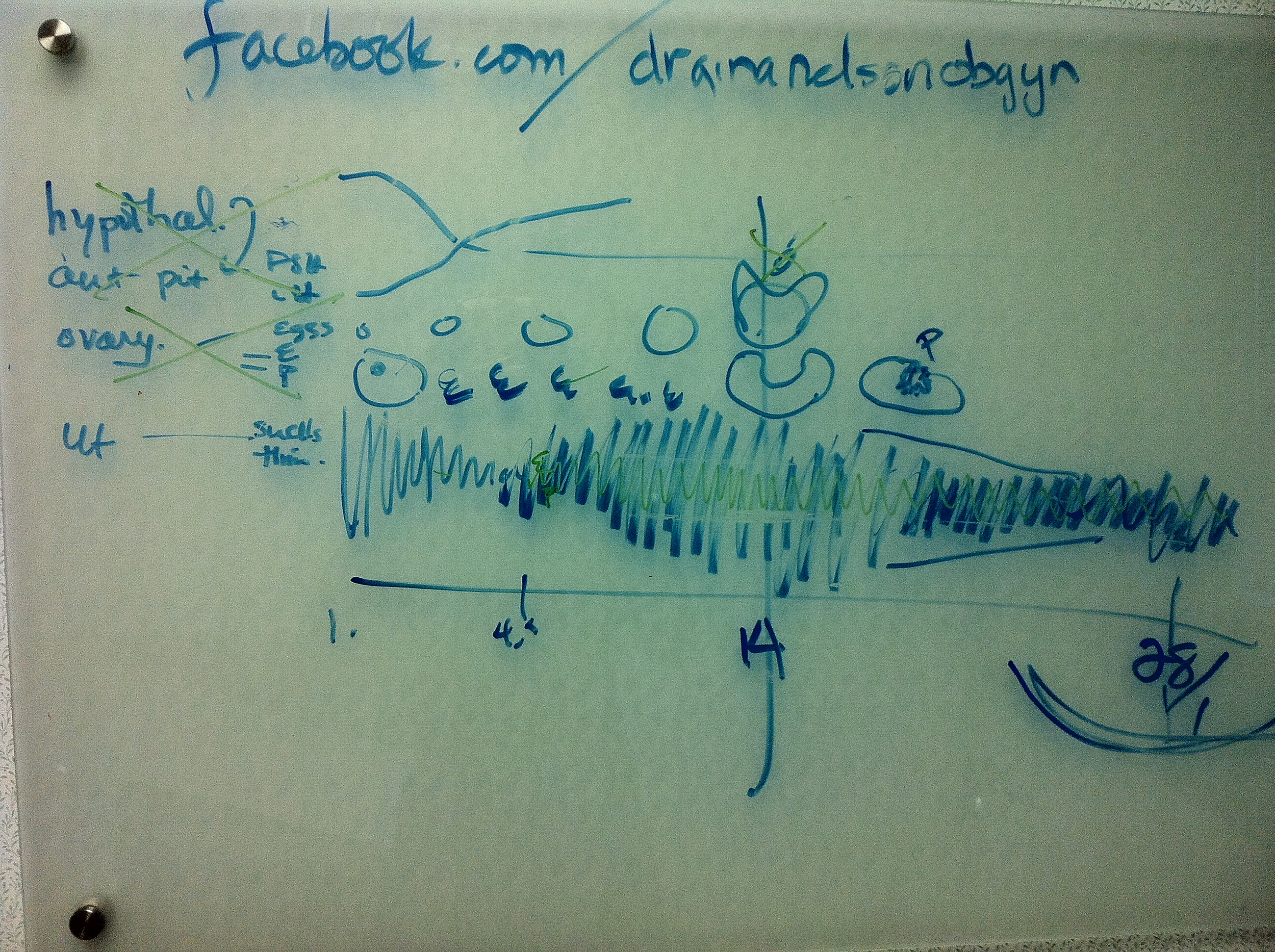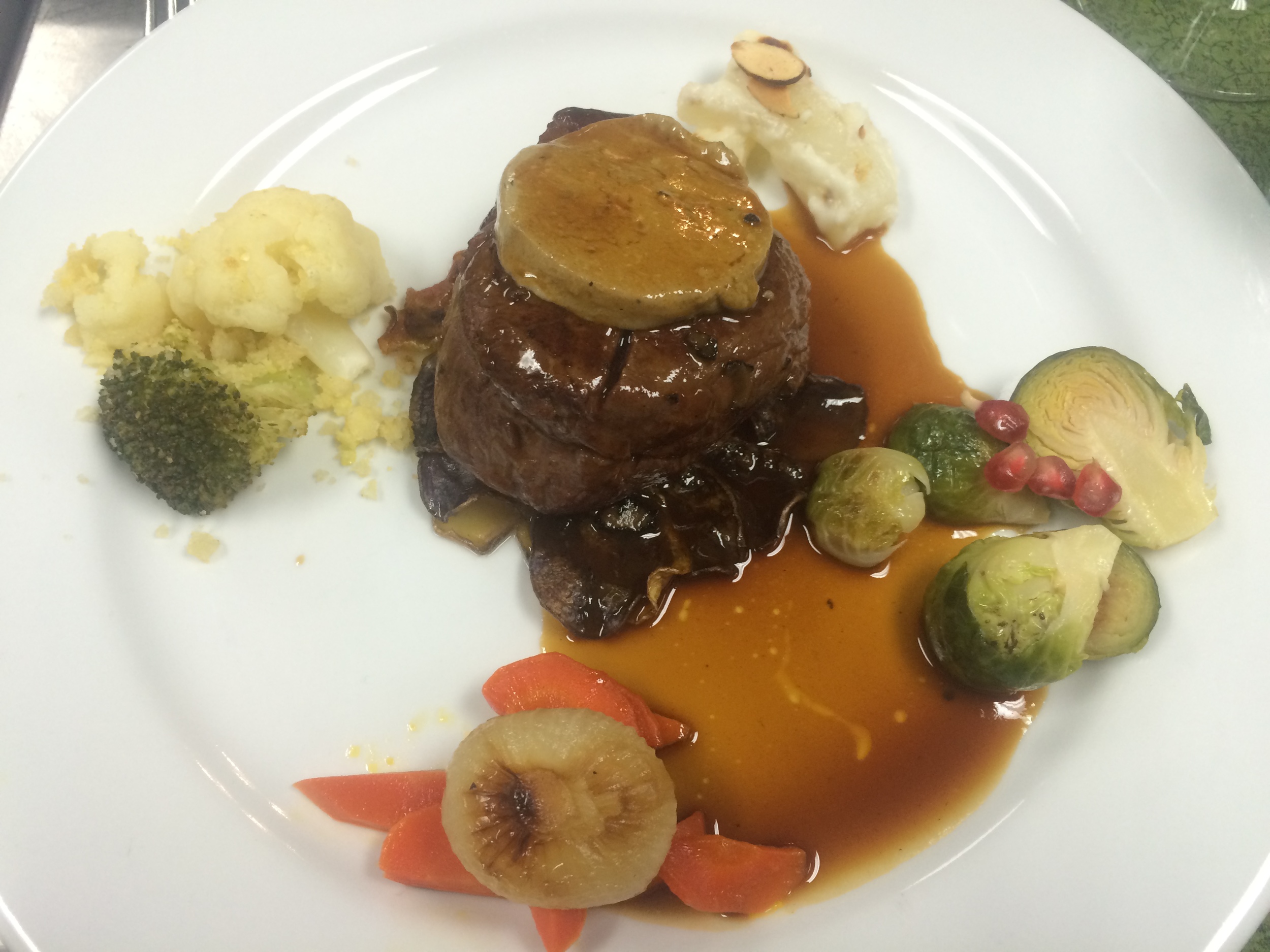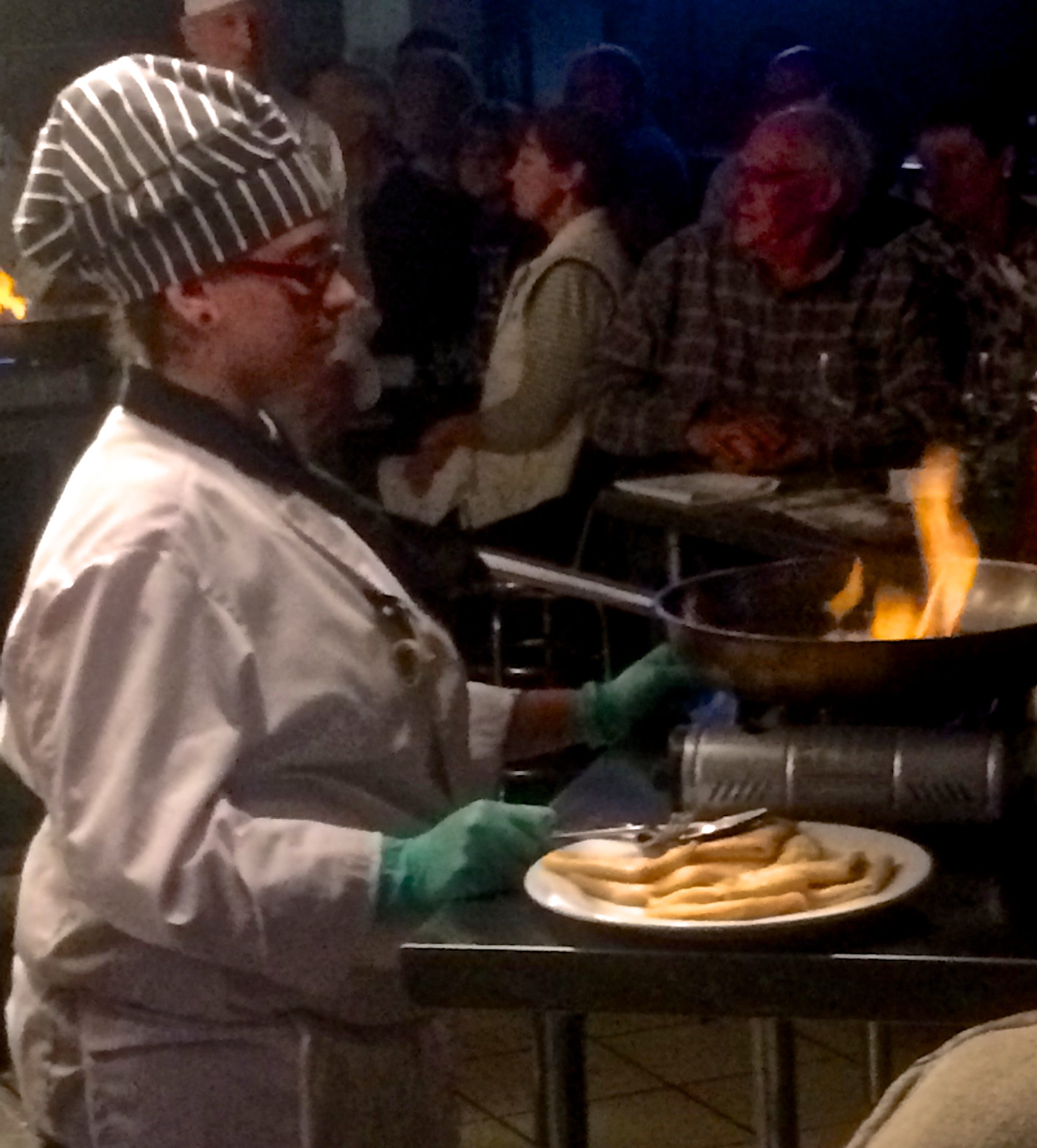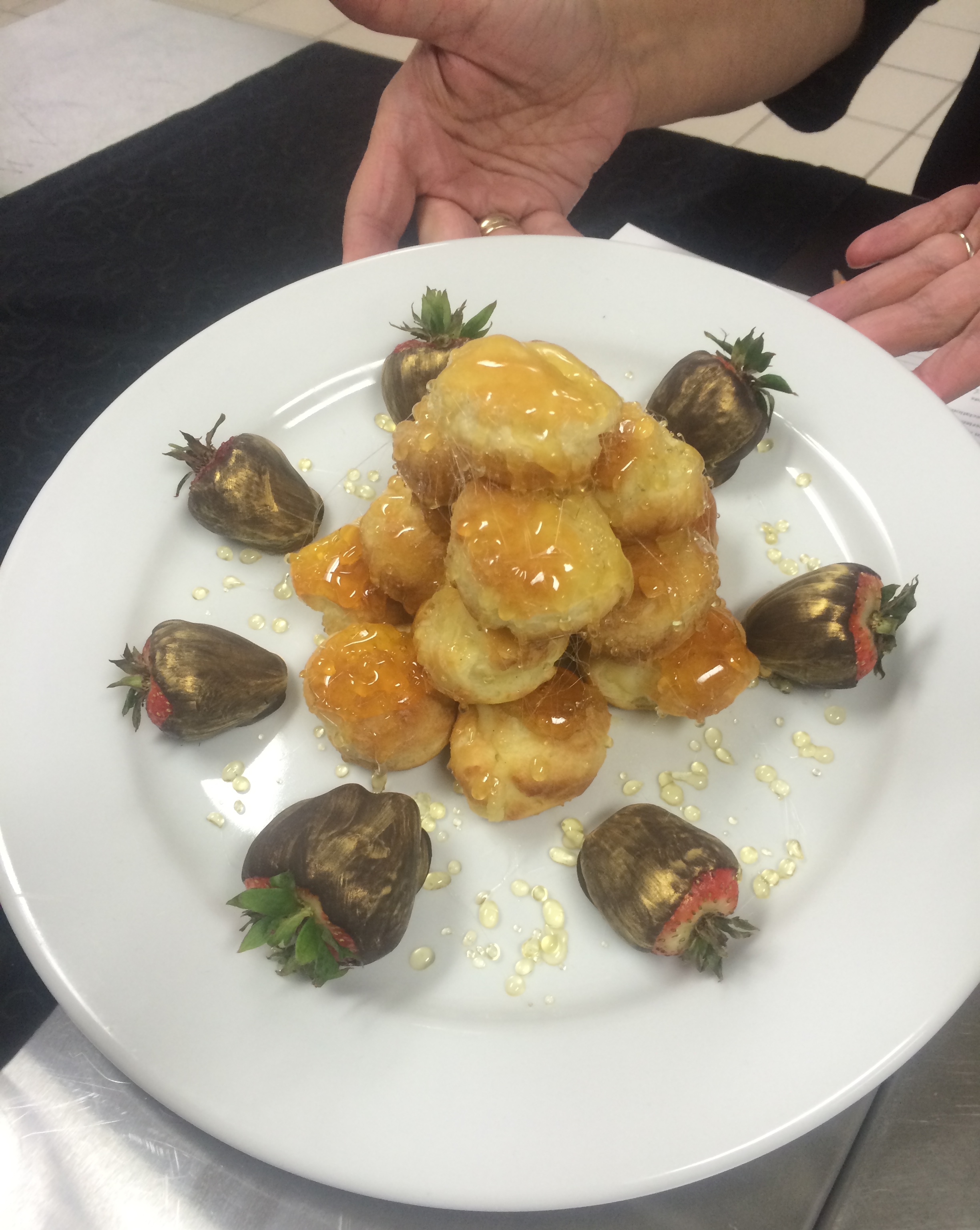It seems to make sense that to lose weight we should eat less. On the other hand we all know certain people who seem to eat all day long and are quite slim. Indeed, the French who are known for their small figures, have food as a centerpiece of their culture, a lot of it, and all day long, well into the night.
How is it possible? It's all about metabolism. It's not about the calories you eat in one sitting, and it's not about the calories you burn in one exercise session. It is about the rate at which you feed calories into your system and your body's ability to utilize them as they come in.
To have good energy all day, you must have a moderate steady input of calories all day long. If you have a span of time without enough fuel, you body will turn down your metabolic rate and you will feel fatigued and be sluggish. If we eat episodically, then binge, we create a slow metabolism, then overwhelm it with an excess. Such an excess is stored as fat, even though then total number of calories eaten in that day might have been low. This strategy leads to feeling sluggish, losing muscle, and gaining fat all in the course of one day.
Anyone would rather feel energetic and improve their body composition, but few know how. Surprisingly, you have to eat more of the right kinds of food, and eat them more often. This produces a steady release of calories. To accomplish a steady release of calories into your system, you need to choose foods which singly, or in combination, release slowly. Unprocessed natural foods tend to release slowly, whereas process foods release quickly. If you combine high quality carbohydrate containing foods like fruits and vegetables with healthy fats or proteins, then you will have energy even longer.
The rate at which a food digests and release energy in the form of glucose is called the glycemic index. Slow release foods have a low glycemic index, and that is what we should be choosing. If we choose high glycemic foods like sweets or breads, we stimulate a spike in our insulin levels, which leads to cravings. Thus, the less we eat of high glycemic foods, the less we want them.
Do you want to leverage the system even more? Build up some muscle through a mixture of cardio and resistance. Muscle is lean body mass and has a much higher metabolism than body fat. Either cardio or resistance will increase your metabolism all day long, far beyond your exercise session, but together, they synergize.
If you are willing to eat three moderate meals and three small snacks composed of some protein, fruits, vegetables, healthy fats and low glycemic grains, you will have more energy and you will drift toward your ideal weight. If you are willing to do a half an hour of cardio and light resistance every day though a gym or a DVD available at any big box store, you will make progress even faster.
To learn more, see this following section in our website.
Bon appetite!


















